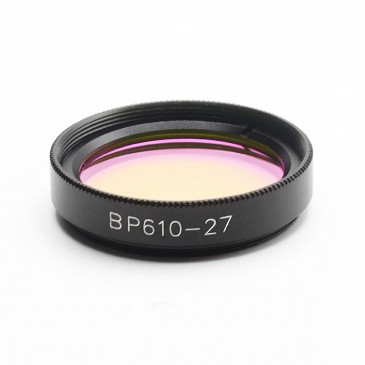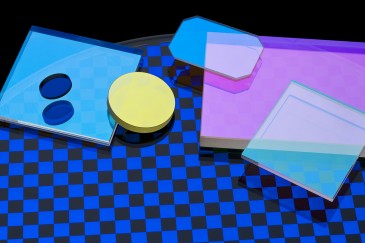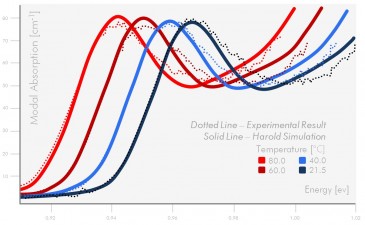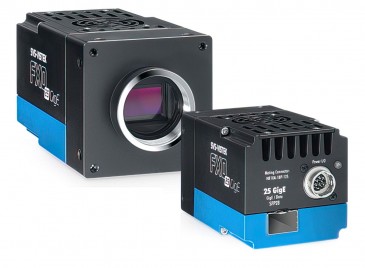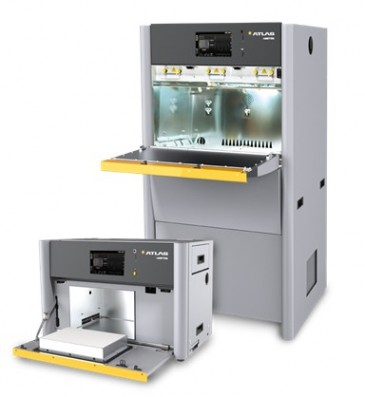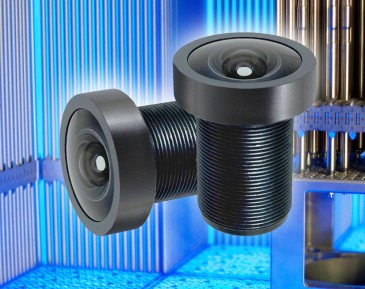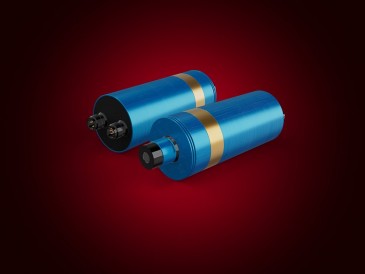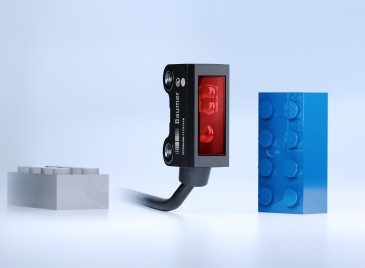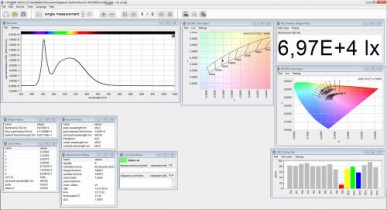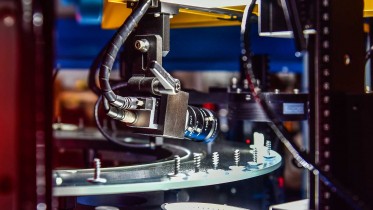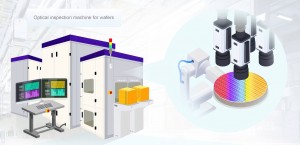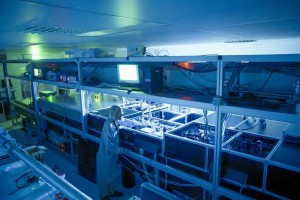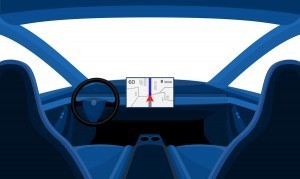
The global light sensor market size is anticipated to reach USD 6.39 billion by 2027, according to a new study conducted by Grand View Research, Inc. It is expected to expand at a CAGR of 10.9% from 2020 to 2027. Market growth can be attributed to the growing implementation of light sensor functions in the automotive industry and consumer electronics, such as smartphones, televisions, and laptops. Advancements in smart lighting and its applications in smart homes and outdoor lighting are also expected to increase the utility of light detectors. In addition, the increased usage of connected devices and the Internet of Things (IoT) technology in the development of smart cities is expected to propel the growth of the market.
Key suggestions from the report:
- Based on function, the gesture recognition segment is predicted to register the highest CAGR over the forecast period owing to the evolution of Graphical User Interface (GUI) technology, increasing demand for gesture-enabled electronic devices, and developments in Artificial Intelligence (AI)
- By output, the digital segment is anticipated to register the highest growth rate over the forecast period. The proliferation of smart sensors across numerous applications, multi-sensor integration in IoT devices, and increasing automation in the automotive sector are expected to drive the segment over the forecast period
- On the basis of end use, the healthcare segment is expected to expand at the highest growth rate over the forecast period owing to the rapid adoption of digital technologies in the manufacturing of medical instruments. Moreover, the increasing use of oxygen measuring and heart rate monitoring devices operated by light sensing technology is expected to create growth opportunities for the market in the healthcare segment
- Asia Pacific is expected to emerge as the fastest-growing regional market over the forecast period owing to the presence of major semiconductor manufacturing and assembly hubs in China, Thailand, and the Philippines. Moreover, the increasing usage of automobiles and consumer electronics in China and India is expected to boost the market growth in the region
Currently, manufacturers of consumer electronics are under pressure to bring differentiated and unique products into the market. With the inclusion of optoelectronic detectors in smart devices, major mobile manufacturing companies, such as Samsung Electronics Ltd., are collaborating with light sensor manufacturers to integrate various technologies into their smartphones. The increasing use of connected devices in the automotive, industrial, and electronics industries has led to the trend of multi-sensor integration among manufacturers. Moreover, the growing demand for LiDAR sensors in applications, such as corridor mapping and topographical survey, aerospace and defense, mining, automotive, and oil & gas, has created growth opportunities for the market across industries.
Top vendors such as AMS AG; STMicroelectronics NV; Analog Devices, Inc.; Broadcom Inc.; and Vishay Intertechnology Inc. are focused on developing small, efficient, and low-cost sensors to meet the needs of their customers. Enhancements in the sensing technology and miniaturization have enabled consumer electronics device manufacturers to introduce various functions, such as brightness control, display dimming, extending battery run time, and power-saving features. However, the additional costs for incorporating sensors into smart devices and subsequent reduction in the life of devices are anticipated to hamper the market growth. The COVID-19 outbreak worldwide is also expected to slow down market growth over the next few years.




































 Back to News
Back to News